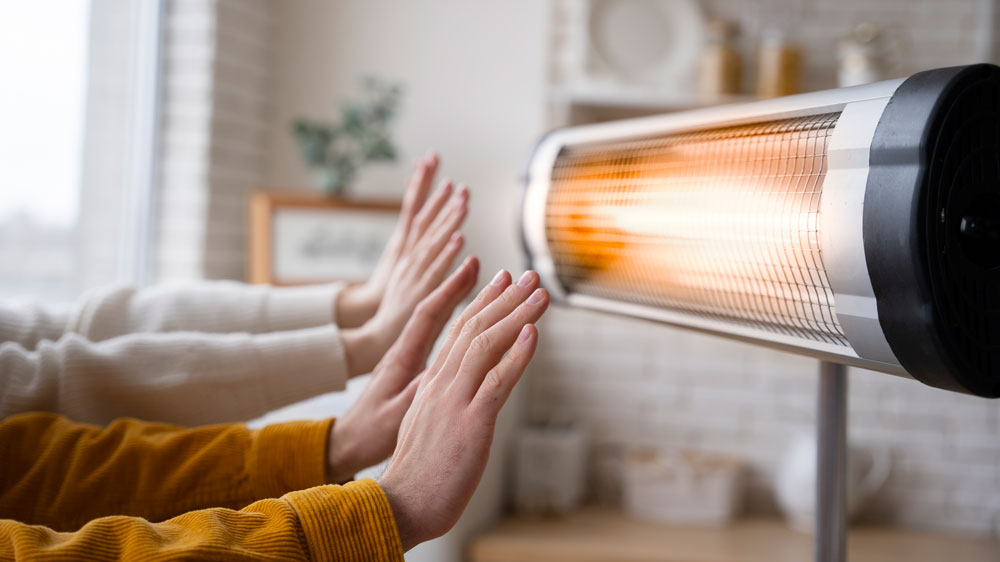
Carbon monoxide (CO) is often called the “silent killer” because it is odorless, colorless, and invisible—but it can be deadly. Each year, hundreds of people in the United States die and thousands are hospitalized due to accidental CO poisoning. The danger is that you may not know it’s happening until it’s too late.
Where Carbon Monoxide Comes From
Carbon monoxide is produced whenever fuel is burned. Common household sources include:
- Gas furnaces and water heaters
- Fireplaces, wood stoves, and gas ranges
- Cars running in attached garages
- Portable generators, grills, and space heaters
When these appliances are not properly ventilated, CO can build up indoors to dangerous levels.
Signs and Symptoms of CO Poisoning
Because carbon monoxide is invisible and odorless, recognizing the symptoms is critical. They often resemble the flu, but without fever:
- Headache
- Dizziness
- Nausea or vomiting
- Shortness of breath
- Chest pain
- Confusion or difficulty concentrating
- Severe exposure can lead to loss of consciousness, brain damage, or death.
Prevention: Protect Your Home and Family
The good news is that CO poisoning is preventable. Follow these safety steps:
- Install CO detectors on every level of your home, especially near sleeping areas.
- Test detectors regularly and replace batteries at least once a year.
- Have heating systems inspected annually by a qualified professional.
- Never run a car, generator, or grill inside a garage, home, or enclosed space.
- Ventilate fuel-burning appliances properly and never block vents or chimneys.
When to Seek Emergency Help
If a CO detector alarm sounds, or if you suspect exposure:
- Get outside into the fresh air immediately.
- Call 911.
- Do not re-enter the building until it has been declared safe.
A carbon monoxide detector is one of the most affordable—and life-saving—investments you can make. Install one today.
